commentary Commentary
Commentary: On both sides of the Causeway, Grab’s grand ambition hits road bumps
Amid higher fares and lower incomes for drivers after the Grab-Uber merger, many Malaysians aren't standing by idly, says Khor Yu Leng.
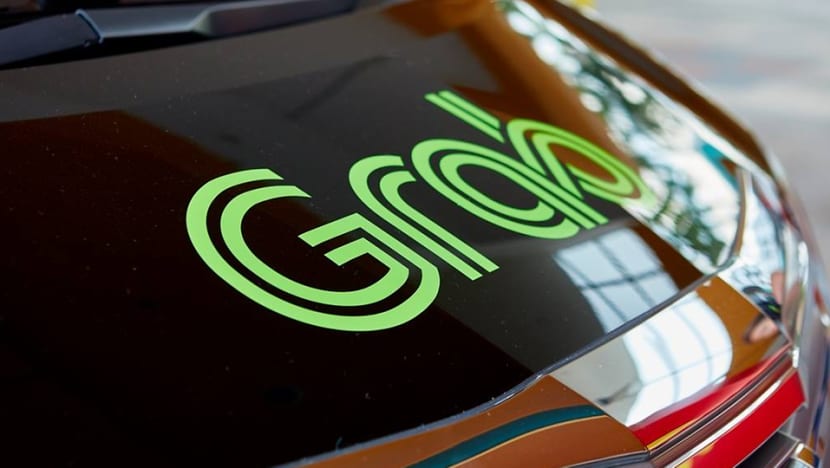
File photo of a Grab car. (Photo: Facebook/Grab)
KUALA LUMPUR: It is not every day you hear a prime minister offer to resign during a dialogue session.
But Malaysian Prime Minister Mahathir Mohamad did so when a session with taxi drivers turned rowdy last month, after discussions over what they said was preferential treatment given to ride-hailing giant Grab turned sour without a resolution in sight. Many shouted obscenities and stormed out.
CAR-FIRST MALAYSIA
Malaysian taxi drivers have faced immense challenges, not least because private car ownership has been warmly encouraged in the country for decades.
Malaysia has already seen two national car projects, Proton in 1983, and Perodua in 1992 with mixed results. Now there’s talk of a third national car project, to be potentially launched in 2020.
READ: Post-Proton, Malaysia still dreams of a national car, a commentary
This public policy orientation towards cars has resulted in a population with high levels of private car ownership and infrastructure that favours cars rather than public transportation, which makes it ideal for the entry and expansion of a ride-sharing app like Grab.
But Malaysians, particularly those in the capital, are not entirely happy with the status quo.
Political secretary to Finance Minister Lim Guan Eng, Tony Pua’s recent remarks that the government was looking into a partnership with Grab to replace feeder buses at MRT stations and solve last mile connectivity (given the capital’s underused fixed line rail options), drew questions in the capital.
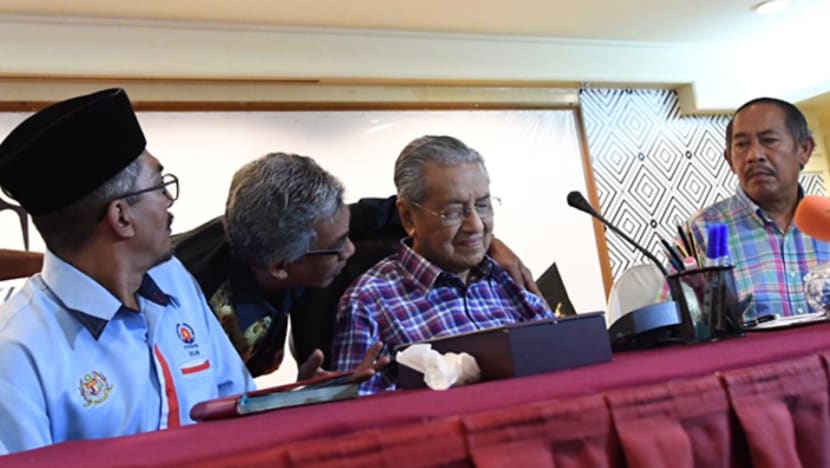
In the Klang Valley, commuters gripe about last-mile RM3 (S$0.98) fares hiked up by Grab’s RM5 minimum, imposed post-merger with Uber. Students say what used to cost RM2 fares to the train station now rack up RM6. Those working part-time lament that they are back to depending on unreliable bus services.
This rising cost of getting a ride has fuelled talk of improving feeder bus service on social media where many have complained that Grab has been become too expensive for daily use.
Soon after Pua’s comment (“Why provide feeder buses if you can work with Grab?"), Transport Minister Anthony Loke, clarified that the possibility of a Grab partnership is only a "proposal".
UNHAPPINESS AND HICCUPS
Grab, which first entered the market as MyTeksi in 2012, received a warm welcome in Malaysia. Conventional taxis in Malaysia were notorious for not using meters, many were old and unkempt, and not considered a safe mode of transportation for women.
In contrast, Grab offered users an easier way to book taxis, get a fare estimate and provided the ability to share your ride information with loved ones.
However, Grab’s merger with Uber in March this year riled up commuters in its home turf of Malaysia and Singapore.
The Competition and Consumer Commission of Singapore (CCCS) investigated complaints by riders and drivers about increased fares and commissions paid to Grab and reported that effective fares (net of promotions) rose 10 to 15 per cent post merger.
The CCCS eventually fined both companies S$13 million for infringing the Competition Act. The commission also instructed Grab to follow its pre-merger pricing algorithm to avoid excessive price surges and commissions.
But can these one-off punitive actions shape Grab’s future behaviour? And will they translate into better fares and commission rates in Malaysia?
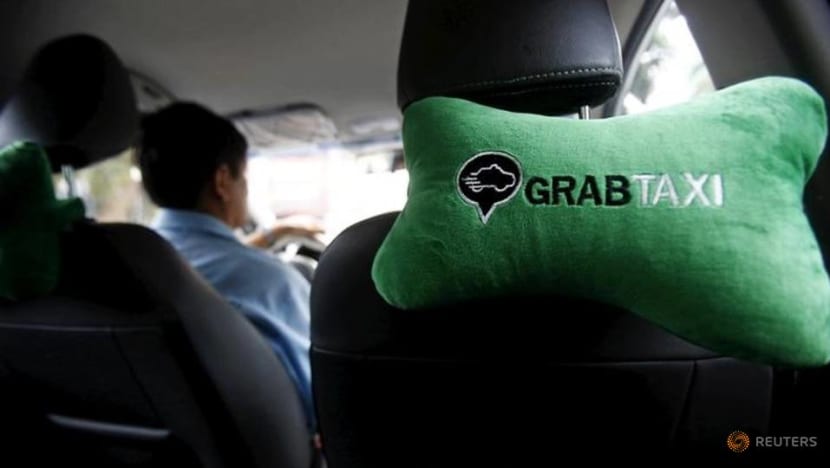
DRIVERS AND COMMUTERS ADJUST
To be sure, Malaysian users haven't stood by idly; many have taken action in the face of increased Grab fares. Some university students are helping themselves by finding cheaper rides through carpooling via WeChat groups.
Rachel, a management consultant in Kuala Lumpur used Uber before on a “nearly daily basis”. Since fares increased, she says she uses Grab less:
I’ve started driving more, and using other apps like MyCar.
Still, many alternatives have only a cash-only payment option which deters her from switching over completely, she says.
Drivers have also been affected by the merger. A recent medical graduate (waiting for a government hospital placement) I talked to said he started driving for Grab a year before the merger.
He pointed out that under Grab, fares are fixed, unlike Uber, which takes into account both time and distance, and Grab drivers feel they lose out on rides during heavy traffic. He has also seen a decrease in his income since the merger.
The expansion of Grab into food delivery services has also faced hiccups. In end-September, GrabFood drivers in Kuala Lumpur went on strike after their incentive fee for deliveries was cut from RM10 to RM5.
Initially, the company attributed the disruption in food delivery services to a technical glitch but came clean after word of the strike spread on social media. Grab eventually issued a statement clarifying that the new incentive scheme had not gone down well with drivers and pledged to be more transparent.
Commuters and drivers feel aggrieved because the drop in drivers’ incomes and dip in affordability post-merger stands in contrast to the company now valued in the billions.
Some see Grab in the same light as Uber, a business built by former CEO Travis Kalanick worth billions and yet has drivers earning less than minimum wage.
A POSITIVE OUTLOOK AMID A MIXED PICTURE FOR GRAB
The largest detractors of Grab's expansion in Malaysia have been taxi drivers. There are an estimated 30,000 taxi drivers in the Klang Valley, a figure comparable to one-sixth of the total number of public transport vehicles in the country, and they have repeatedly protested the operations of e-hailing companies which have introduced a flood of part-time drivers.
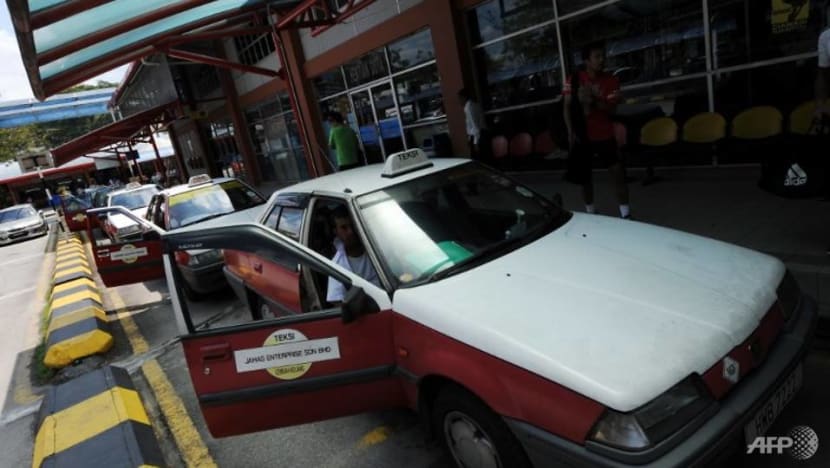
As Mahathir’s townhall showed, the government's willingness to regulate rather than ban Grab does not sit well with them.
Although the Malaysia Competition Commission did not sanction the merger with Uber, the government has heeded taxi drivers’ demands for fairer competition. In July, the Ministry of Transport introduced new regulations to level the playing field between e-hailing drivers and traditional taxis.
E-hailing drivers now have to adhere to Public Service Vehicle license rules – just like ordinary taxi drivers. They must now have insurance coverage for drivers, passengers and third parties, pass a six-hour course with the Land Transport Board, and go through car inspections – conditions which have deterred many new drivers from signing up.
The regulations are most likely to affect part-time drivers, who make up 75 per cent of the estimated of 200,000 e-hailing drivers in the country. The government is also restricting the commission e-hailing companies can make from each ride, which can be as high as 25 per cent presently.
In Singapore, competition is heating up for Grab again. Launching in Singapore last week, Go-Jek, an Indonesian ride-hailing app that also offers multiple services has sounded the battle alarms.
Apart from its ride-hailing business, it has huge war chests as an e-payments giant. Valued at roughly S$5 billion, Go-Jek might be an evenly matched competitor for Grab. While those in Singapore have embraced Go-Jek’s entry, Malaysia unfortunately does not figure as a key market expansion point in the company’s plans.
READ: When Go-Jek enters Singapore, what consumers, drivers and delivery services can expect, a commentary
That is a pity because Malaysian consumers would likely welcome Go-Jek as a countervailing force that puts downward price pressure on Grab.
Observers point out that Malaysia’s new guidelines for ride-hailing apps do not impose limitations for the giant, especially if drivers are already compliant.
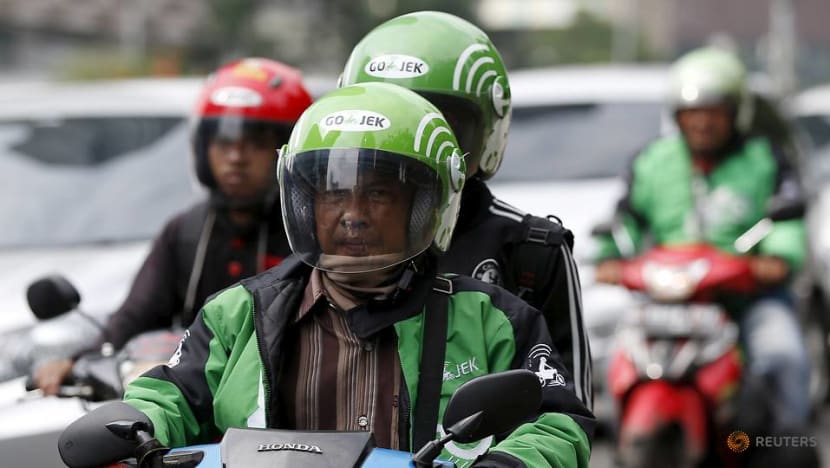
For users in Malaysia, the hope for a cheaper ride might be the proliferation of other smaller apps, the creation of an aggregator app and the promise of a level playing field. Apps, such as Bellhop in the United States, allow users to compare fares and availability of different ride sharing services.
Uber has threatened to shut down two of these apps in the United States; but, they are looking to expand internationally where smaller local companies may benefit from having their services listed on an aggregator.
Many expect Grab to retain the lion’s share of the ride-hailing market in Malaysia, even with new, albeit smaller players, and as regulatory reforms catch up - and for prices to eventually moderate.
After all, Malaysia's car-centric policy think has favoured Grab’s expansion. And many Malaysians give credit to MyTeksi-Grab for shaking up an unreliable and moribund taxi sector, regardless of what the taxi drivers might say.
It’s now up to Grab to retain that goodwill with its stakeholders.
Khor Yu Leng is an independent economist at Segi Enam Advisors, and a specialist on the political economy of mobility.












